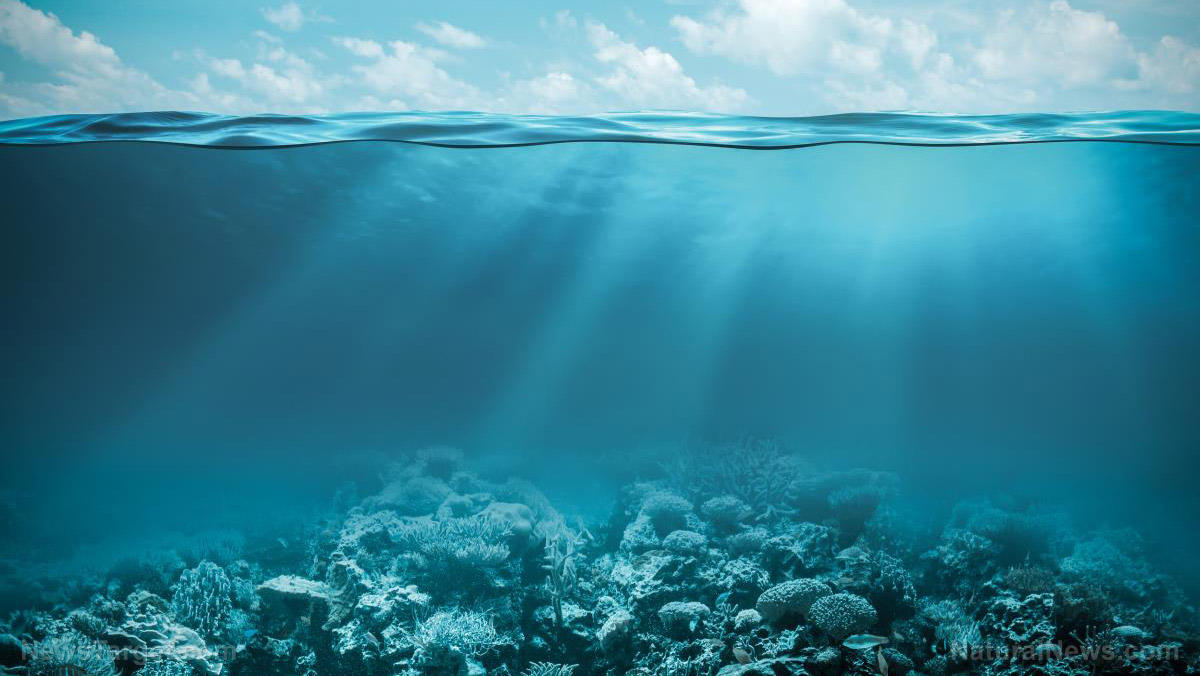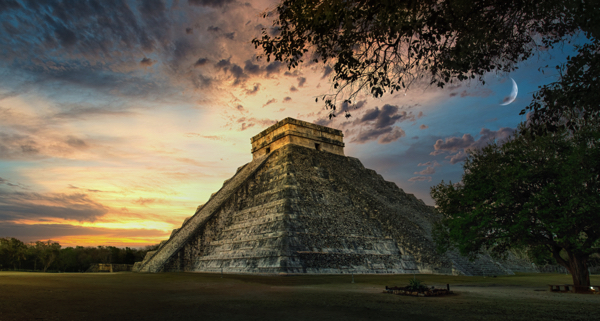
Atlantis was first mentioned in the writings of the great Greek philosopher Plato around 360 B.C. He claimed that there was once an advanced civilization that sunk into the oceans after being struck by violent earthquakes and floods. Some say Plato invented the tragic fate of the lost city to be a cautionary tale of the gods punishing human hubris.
No written records of Atlantis exist outside of Plato's dialogues, including in the numerous other texts that survive from ancient Greece. It was only in the 19th century that some people started to imagine that there could be some truth behind these stories.
In 1882, Ignatius Donnelly, an American writer and politician, published "Atlantis: The Antedeluvian World." In his book, Donnelly said Atlantis was a lost continent destroyed by a biblical flood. Since then, many theories have claimed that Atlantis is everywhere from Antarctica to the Bermuda Triangle. (Related: Scientists discover an enormous underwater mountain off the coast of Guatemala.)
While Atlantis is most likely a fictional city, archaeologists have uncovered real underwater cities across the globe. MailOnline has created an interactive map to let people explore these lost worlds.
Thonis Heracleion, Egypt
Archaeologists first discovered the remains of Thonis Heracleion, built 2,700 years ago, in the waters off of Alexandria's coast.
Thonis Heracleion was once Ancient Egypt's gateway to the Mediterranean, a busy harbor town built over an interlinked stretch of islands and marshland.
Just like Atlantis, Thonis Heracleion sunk to the dark waters after being struck by an earthquake. This city soon faded into oblivion and it was only remembered as the place where Hercules first arrived in Africa.
It wasn't until 2000 that divers first discovered sunken artifacts. It was then that researchers realized that the city had been hidden for thousands of years.
Rungholt, Germany
In 2023, researchers discovered "Germany's Atlantis," the sunken town known as Rungholt. The town of Rungholt was famous as a wealthy trading hub on the North Sea. It had a population of at least 3,000.
But for centuries, experts wondered whether Rungholt was just a cautionary tale. According to legend, the town was cursed as punishment for its inhabitants' drunken revelry. It was then destroyed by a great flood.
But archaeologists now know that there is more truth to these rumors than previously thought. In 1362, a huge storm overwhelmed the town's flood defenses, drowning the settlement.
The town was then abandoned. Since then, Rungholt has remained buried 130 feet beneath the mud flats of Germany’s northern coast for more than 660 years.
Now, researchers are using magnetic techniques to map the layout of Rungholt. They have also found the remains of its main church.
Pavlopetri, Greece
Is widely acknowledged that Plato's writings about Atlantis were fictional, but some theories suggest that it could have been a reference to the Minoan civilization.
They ruled over much of Greece from around 3,000 to 1,100 B.C. from their power center on the island of Crete.
Pavlopetri, a sunken city in Southern Laconia, is one of the best-preserved traces of this Bronze Age Empire.
Experts suggest that the city of Pavlopetri first settled almost 5,000 years ago around 2,800 B.C. At the time, it would have been a marvel of ancient organization and home to around 2,000 people.
Pavlopetri had semi-detached houses, gardens and tidy streets that offered a rare glimpse into the power of the advanced early civilization of Pavlopetri.
Atlit Yam, Israel
According to experts, Atlit Yam is one of the oldest and largest sunken settlements ever discovered.
Ruins uncovered in the sea off the coast of Israel near the modern town of Atlit date back to 7,000 B.C. The ruins stretch over nearly 10 acres.
Experts believe that the people of Atlit Yam lived on what was then the coast and that they farmed the land and fished in the sea for sustenance.
However, rising sea levels contaminated the wells until they eventually submerged the entire town.
But despite its incredible age, Atlit Yam is remarkably well preserved. Skeletons remain undisturbed in their graves and archaeologists have also found the remains of ancient weevils in the sunken grain silos. They also found a strange stone circle submerged at the site.
Baiae, Italy
The town of Baiae, Italy, may be lost to time, but 2,000 years ago it was considered the "Las Vegas of Italy." The Roman "Sin City" of Baiea was where the elite of the empire came to relax and party non-stop.
The town was famous for its hot- springs, and it had a spa that allegedly cured any illness. But the seismic activity that powered those supposedly medicinal springs ended up becoming the town's demise and caused it to slip into the Gulf of Naples.
Researchers have discovered intricate mosaics and marble statues decorating the sea floor. The remains of baths and the fish ponds used to breed eels for Roman gourmands offer a fascinating window into the decadent lives of its residents.
Baiae is well preserved and it is now an important source of information about the Roman Empire.
Port Royal, Jamaica
Unlike the other ancient cities in this list, Port Royal, Jamaica, experienced its cataclysmic moment less than 400 years ago.
Now the site of modern-day Port Royal, and probably better known for being the home of Norman Manley International Airport, Port Royal was once an infamous pirate hub.
The town was notorious for its booze, sex workers and violence and it was called "the most wicked and sinful city in the world."
But in 1692, a devastating earthquake struck the town, sinking 33 acres of the settlement and killing at least 2,000 people.
Many of the houses are still intact and remain more or less undisturbed below the shallow coastal waters.
Yonaguni Monument, Japan
In 1987, local diver Kihachiro Aratake stumbled upon what seemed to be a vast pyramid off the coast of Japan’s southern Ryukyu Islands. Aratake discovered a 165 by 65 foot edifice of what looked like carved stone steps.
Once called "Japan's Atlantis," researchers think that the stacked pyramid-like structure is more than 10,000 years old. Experts think Yonaguni Monument could be a natural formation of basalt which usually forms very straight fractures.
Visit Discoveries.news for other fascinating scientific discoveries.
Watch the video below that talks about Atlantis being in the Sahara desert.
This video is from the Ruth Mackenzies channel on Brighteon.com.
More related stories:
Researchers discover SHARK GRAVEYARD with tooth of megalodon ancestor in Indian Ocean.
Experts say the world’s biggest iceberg is drifting fast after being stuck in one spot for 30 years.
Scientists discover 12 new sponge species that look like polar bears, unicorns and aliens.
Sources include:
Please contact us for more information.






















